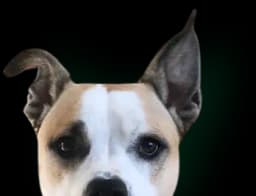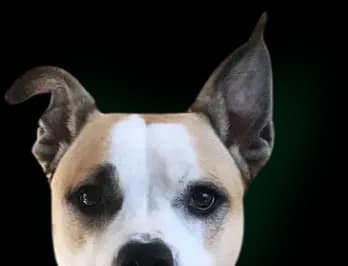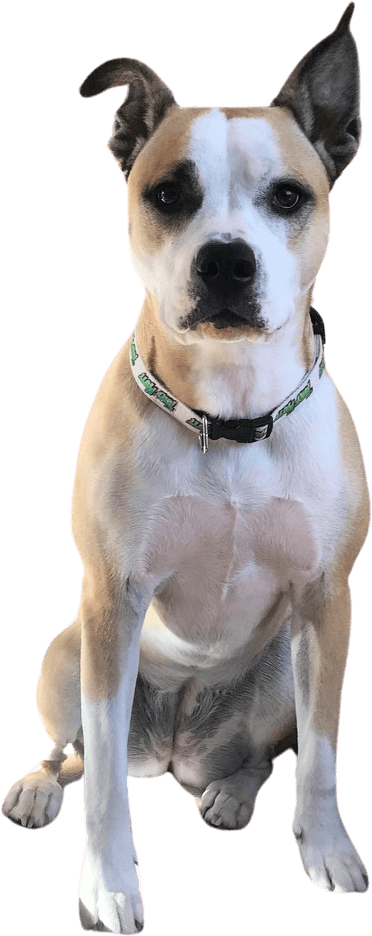

Sign up for Mutt Mail
Share this post
A yard is something many new homeowners look forward to when they purchase a property. A Harris Poll conducted for the Outdoor Power Equipment Institute (OPEI) indicates that 91 percent of Americans have a yard, and 86 percent say it’s important to have a living landscape and grass. The family yard is not only good for the environment and for our health and well-being. It’s also a place to make memories with family and friends, to let kids and the family dog play safely and to customize to individual needs and desires.
The TurfMutt Foundation offers advice on how to avoid common pitfalls in our backyards:
Not considering lifestyle needs. When selecting and placing plants, lifestyle should be considered. Those who travel frequently will want to choose plants, flowers and shrubs that require less maintenance, or the homeowner might want to hire landscaping help. People with a family and/or pets need a large area of sturdy turfgrass for running and playing. Pro tip: plants can be used strategically to designate “activity zones” in the yard – separating a children’s play area from the dining space, for example.
Choosing the wrong plants. Homeowners need to consider the microclimate so their living landscapes thrive. Do they have long, hot summers? Are they in an arid region or a wet one? Understanding the environment will help them select climate-appropriate plants that will thrive with minimal input. Check out theUSDA Plant Hardiness Zone Map to learn which plants, grasses, shrubs and trees are most likely to succeed in your location. Remember: right plant, right place.
Forgetting pollinators & wildlife. Our backyards and community green spaces are vital to pollinators (bees, butterflies and birds) and other backyard wildlife who rely on the certain plants in our neighborhoods food and shelter. Planting nectar and pollen-rich flowers that are appropriate for the climate (see above) will help nourish pollinators. Take note of migrating birds and insects – if your new home is in a migrating pathway choose plants and flowers that benefit them. Using a mulch mower and letting grass clippings decompose on the lawn provides nitrogen to the soil and shelters insects and worms.
Watering incorrectly. Plants will grow stronger and work harder – creating deeper, healthier roots – if they have to seek out water. Watering deeply, but less frequently, allows moisture to reach the roots of the grass and trees. Also, watering early in the morning reduces excess evaporation. installing soil moisture sensors and drip irrigation systems can take the guesswork out of watering.
Not having the right equipment for the outdoor space. Make sure the lawn mower is the right size for the new yard. If the lot at the new property is more wooded, a chainsaw and/or hedge trimmer may be required. Those going from apartment living to a single-family home for the first time might need all new equipment. Pro tip: today’s equipment is very different from yesteryear’s. Homeowners will find equipment designed to suit every yard and in a variety of power sources, including battery/electric, gasoline, propane, solar and more.
Cutting the grass too short. Proper mowing helps create a lower-maintenance, drought-tolerant lawn. Preferred length varies by grass type, but the general rule of thumb is to cut only the top third of the grass blades off at any given time. Taller grass blades shade the soil and keep it cooler, helping control weeds. Taller grass is also softer to walk on – important for little feet and paws.
To learn more about how to care for living landscapes and learn how they benefit our health and well-being, go to SaveLivingLandscapes.com. For families with children, kids are encouraged to visit to TurfMutt.com to learn these lessons. Also follow TurfMutt on this rescue-dog-turned-environmental-superhero at https://turfmuttblog.com/ and on Facebook and Twitter.
Sign Up For Mutt Mail 💌
Mutt Mulligan’s monthly e-newsletter is loaded with tips on outdoor living, enjoying green spaces and resources for teachers and families, as well as news from the TurfMutt Foundation.

Get the latest backyarding tips straight from Mutt Mulligan!



